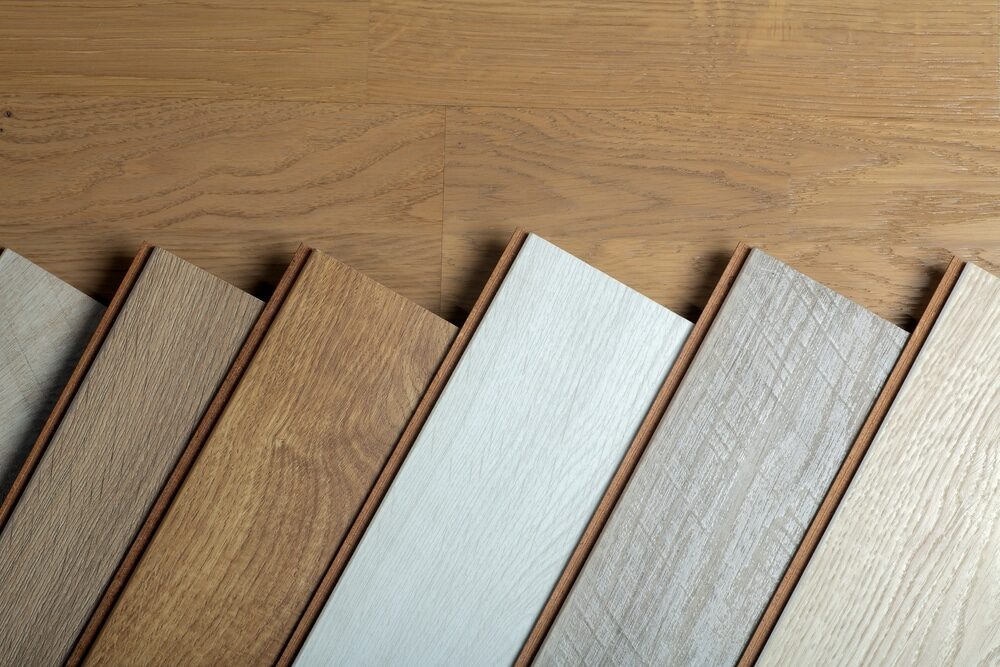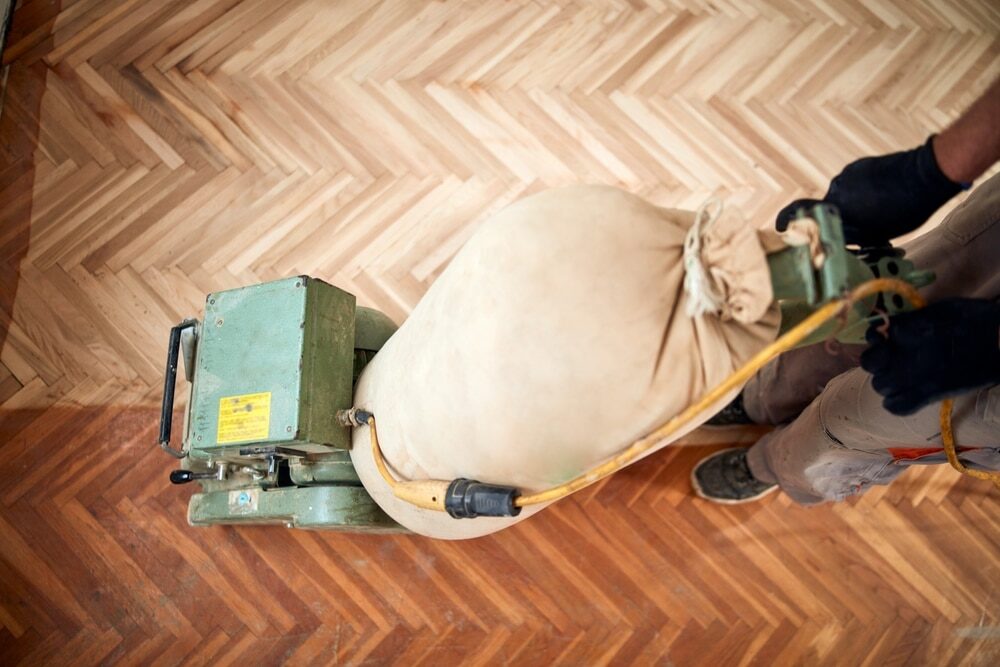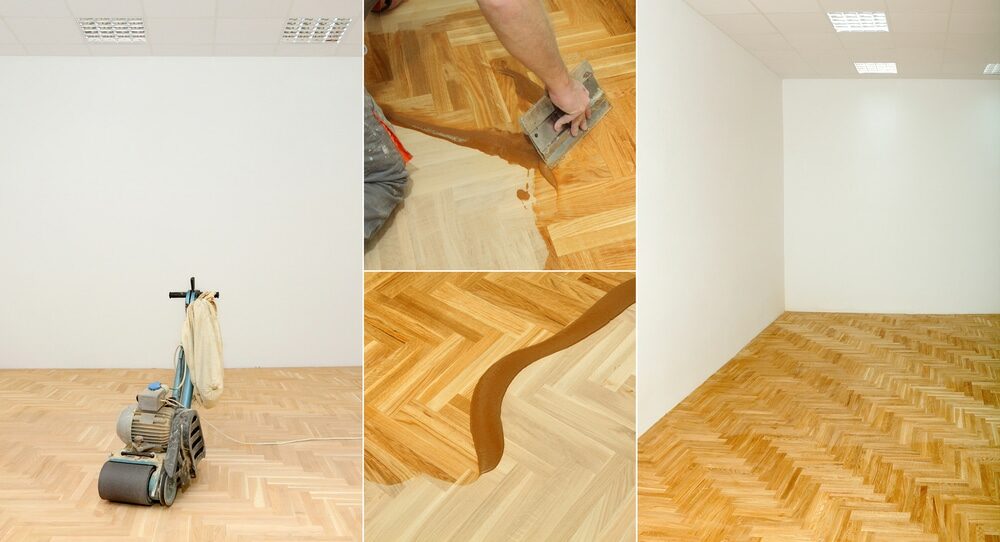London:
Nationwide:
A Comprehensive Guide to Maintaining Your Floor’s Finish
Posted on April 10, 2023
Blog
Regular cleaning and maintenance
Proper cleaning and maintenance are the foundations of a well-preserved floor finish. Adhering to a consistent cleaning schedule can prevent dirt and grime from causing damage to your floor’s finish.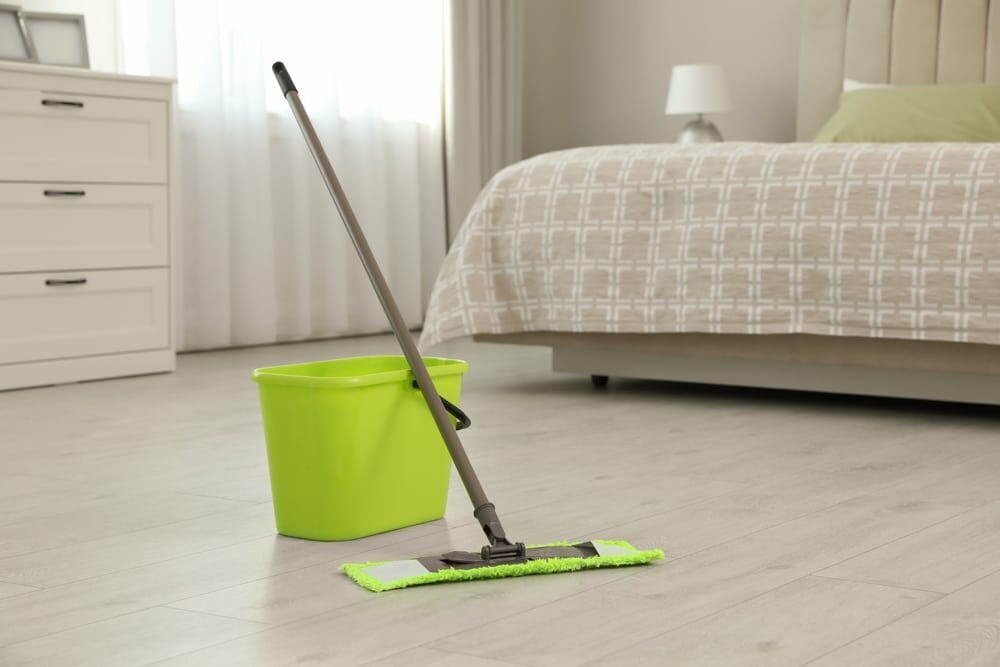
A. Sweep or vacuum regularly.
Regularly sweeping or vacuuming your floors helps remove dust, dirt, and debris that can scratch or wear down the finish. Use a soft-bristle broom or a vacuum cleaner designed for hard floors to avoid causing damage to the surface.B. Clean Spills Immediately
Promptly cleaning up spills prevents liquid from seeping into the floor and causing damage to the finish. Use a soft, absorbent cloth to blot spills and avoid rubbing or scrubbing the area, as this can cause further damage.C. Use a Suitable Cleaning Solution
Select a cleaning solution specifically designed for your floor’s finish to avoid causing damage or leaving residue. Avoid using harsh chemicals or abrasive cleaners, as these can strip away the finish and damage the flooring.D. Use a Microfiber Mop
A microfiber mop is gentle on your floor’s finish and effectively removes dirt and grime without causing scratches. Dampen the mop with water or a suitable cleaning solution, wring it out thoroughly, and mop the floor in the direction of the grain.Preventive Measures to Protect Your Floor’s Finish
Taking preventive measures can minimise the risk of damage to your floor’s finish, prolonging its lifespan, and maintaining its appearance.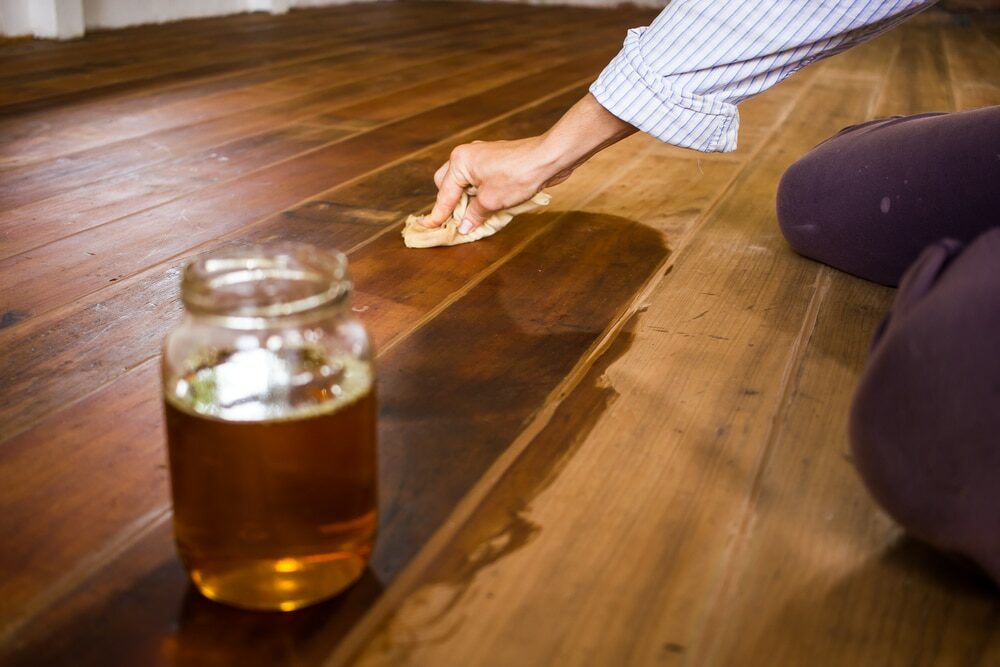
A. Use furniture pads.
Attach felt or rubber pads to the bottom of furniture legs to protect your floor’s finish from scratches and dents. Replace pads periodically to ensure their effectiveness.B. Place doormats at entrances
Position doormats at all entrances to your home or workspace to reduce the amount of dirt, debris, and moisture that enters the space. Regularly clean the mats to maintain their effectiveness.C. Control Humidity Levels
Maintaining consistent humidity levels can help prevent your floor’s finish from cracking or peeling. Aim to keep the humidity level in your space between 30% and 50%.D. Protect floors from direct sunlight
Prolonged exposure to direct sunlight can cause your floor’s finish to fade or discolour. Use curtains, blinds, or UV-blocking window film to protect your floors from the sun’s harmful rays.Floor Finish-Specific Maintenance Tips
Different floor finishes require specific maintenance practises to ensure their longevity and beauty. Here are some tips for maintaining oil, wax, and lacquer finishes: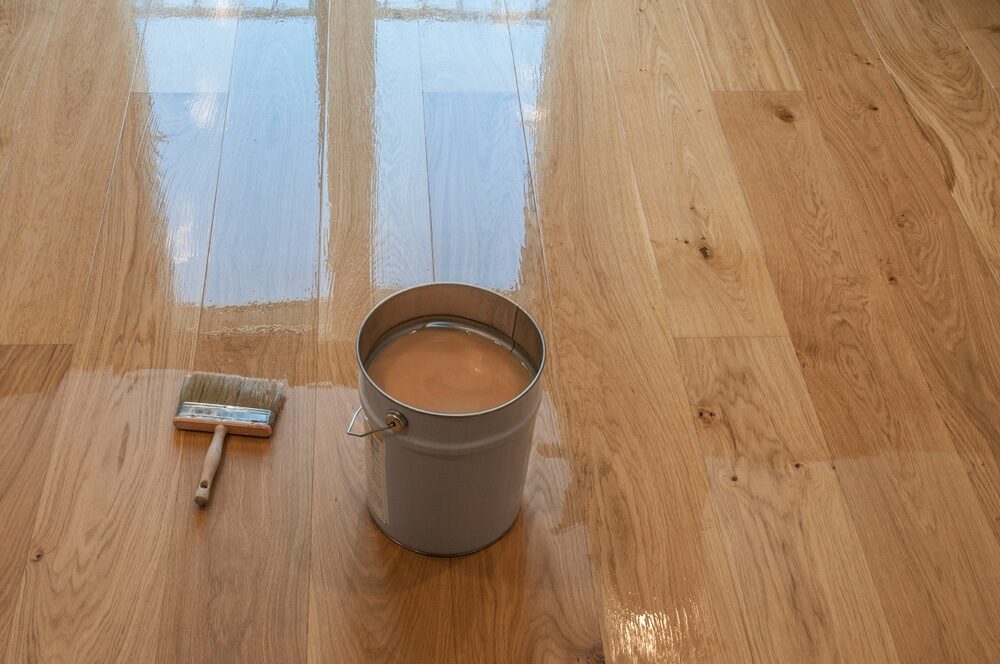
A. Oil Finish Maintenance
i. Periodic Reapplication: Oil finishes require regular reapplication to maintain their appearance and protection. Follow the manufacturer’s recommendations for reapplication frequency. ii. Use oil-specific cleaners: When cleaning oil-finished floors, use a cleaner specifically formulated for oil finishes to avoid damaging the surface.B. Wax Finish Maintenance
i. Regular Waxing: Wax finishes need to be reapplied frequently, typically every six to twelve months, to maintain their appearance and protection. ii. Buffing: Buffing your wax-finished floor can help restore its shine and remove minor scuffs or scratches. Excessive water when cleaning. Instead, use a damp mop and a wax-specific cleaner.C. Lacquer Finish Maintenance
i. Recoating: Lacquer finishes require less frequent maintenance than oil or wax finishes. However, recoating is necessary when the finish starts to show signs of wear. Follow the manufacturer’s recommendations for coating frequency. ii. Use lacquer-specific cleaners: When cleaning lacquer-finished floors, use a cleaner specifically formulated for lacquer finishes to avoid damaging the surface.Addressing Scratches and Damage
No matter how diligent you are in maintaining your floor’s finish, scratches and damage may still occur. Here are some tips for addressing these issues based on the type of finish: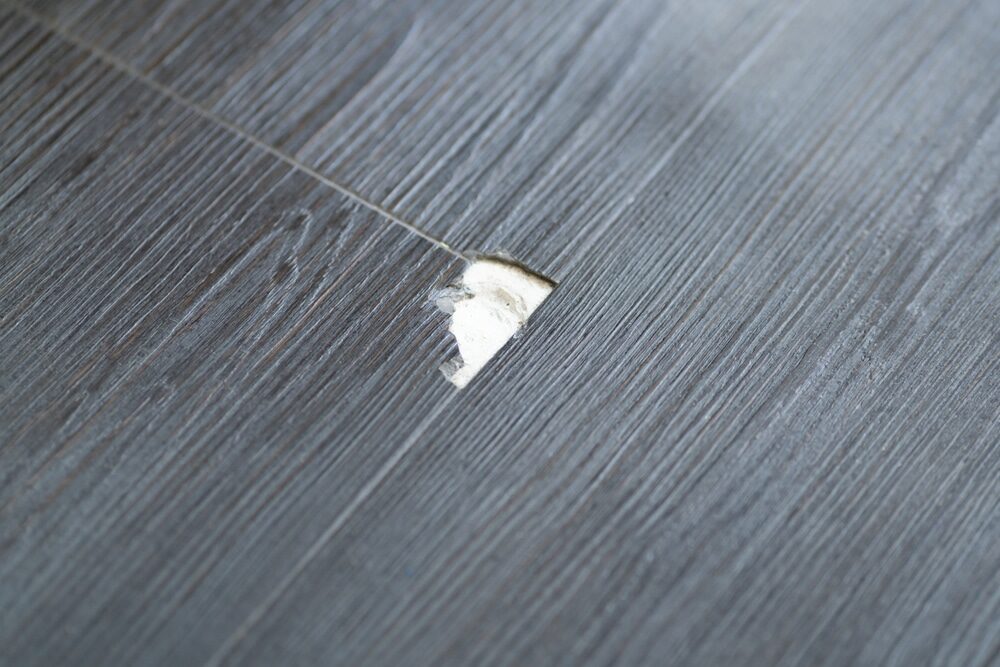
A. Repairing Scratches in Oil Finishes
i. Clean the affected area: Before repairing a scratch in an oil-finished floor, ensure the area is clean and free from dust or debris. ii. Apply oil to the scratch: Use a clean, soft cloth to apply a small amount of oil to the scratch. Let the oil soak in for a few minutes. iii. Buff the area: Using a clean cloth, gently buff the area until the scratch is no longer visible. If necessary, apply additional oil and repeat the buffing process.b. Repairing Scratches in Wax Finishes
i. Clean the affected area: Ensure the scratch is clean and free from dust or debris. ii. Apply wax to the scratch: Using a clean, soft cloth, apply a small amount of wax to the scratch. Let the wax harden for a few minutes. iii. Buff the area: Gently buff the area with a clean cloth until the scratch is no longer visible. If necessary, apply additional wax and repeat the buffing process.Repairing Scratches in Lacquer Finishes
i. Clean the affected area: Make sure the scratch is clean and free from dust or debris. ii. Assess the depth of the scratch: If the scratch is superficial and only affects the lacquer finish, it may be possible to buff it out using a polishing compound. If the scratch has penetrated the wood, more extensive repairs may be necessary. iii. Buff the area: If the scratch is superficial, apply a small amount of polishing compound to a clean, soft cloth and gently buff the scratch in a circular motion. If necessary, apply additional polishing compound and repeat the process until the scratch is no longer visible. iv. Refinish the area: If the scratch has penetrated the wood, you may need to sand the affected area and reapply the lacquer finish. This process should be done carefully to avoid damaging the surrounding finish.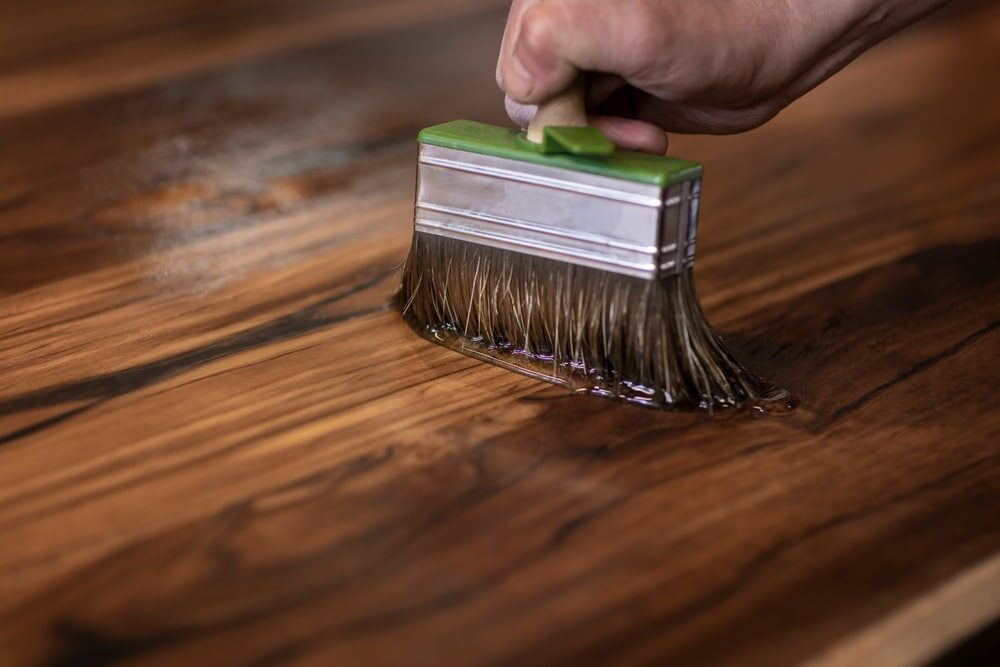
Knowing When to Refinish Your Floors
Over time, even well-maintained floors will begin to show signs of wear and tear, indicating that it’s time to refinish the floor. Here are some signs that it’s time to refinish your floors: a. Visible Wear: If your floor’s finish is visibly worn, scratched, or dull, it may be time to refinish. b. Water Absorption: If water droplets no longer bead up on the surface of your floor, this may indicate that the finish has worn away and needs to be reapplied. c. Discoloration: Discolored areas or fading may indicate that your floor’s finish has been damaged by sunlight or moisture and needs to be refinished.Professional Assistance
If you’re unsure about the proper maintenance procedures for your floor’s finish, consider seeking the advice of a professional. A flooring specialist can provide guidance on the best practises for maintaining your specific floor finish and help address any damage or wear. They can also assist with refinishing your floors when necessary, ensuring that the job is done correctly and efficiently.Some Useful Links:
Conclusion
Maintaining your floor’s finish is essential for preserving its beauty and prolonging its lifespan. By implementing regular cleaning and maintenance practises, taking preventive measures, and addressing scratches or damage promptly, you can keep your floors looking their best. Understanding the unique requirements of oil, wax, and lacquer finishes will help you care for your floors more effectively, ensuring they remain stunning for years to come. Don’t hesitate to consult a professional if you need guidance or assistance in maintaining or refinishing your floors. With diligent care and attention, you can enjoy beautiful, well-maintained floors that enhance the overall appearance of your space.More from our Blog:
How to Remove Stains and Marks from Wooden Floors ? Unforgiving Lacquer Discover Your Floor Finish: Oil, Wax, or Lacquer? Expert Tips for Accurate Identification
Sanding
We provide virtually dust-free sanding with our continuous belt machinery with mobile extraction units, giving you a safer environment for your family.
Oiling
This organic finish not only adds beauty to your home but also has exceptional water-repellent characteristics, making it easier to clean and maintain.
Waxing
This natural floor finish offers the softest and most mellow appearance – and leaves your floor able to breath.
Buffing
Using soft buffing machines (and hand-polishing where required) will bring a wonderful sheen to your newly-finished floor.
Repairs
We offer a full assessment of your wooden floors to determine what repairs are needed to provide the perfect working surface for the later stages of sanding, staining and sealing.
Restoration
We offer a comprehensive restoration process designed to address floors that are improperly fitted or damaged over time through wear and tear.
Request a fixed price quote for your wood floor restoration now
Simply enter your postcode below to get started.
Services
Wood Floor Sanding Wood Floor Restoration Wood Floor Scratch Repair Squeaky Wood Floor Repair Parquet Floor Sanding Parquet Floor Restoration Commercial Floor Sanding Church Floor Sanding Community Centre Floor Sanding School Floor Sanding Gap Filling Gap Filling with ResinCopyright © Mr Sander®
Privacy & Cookies Terms & Conditions Complaints Procedure Cancellation Rights Sitemap